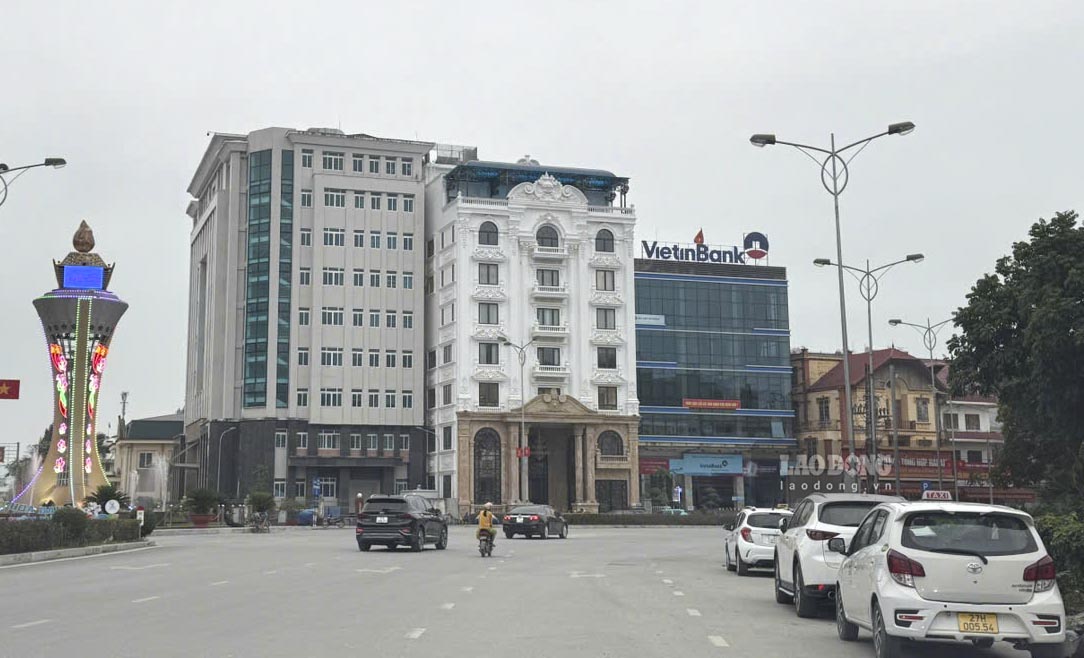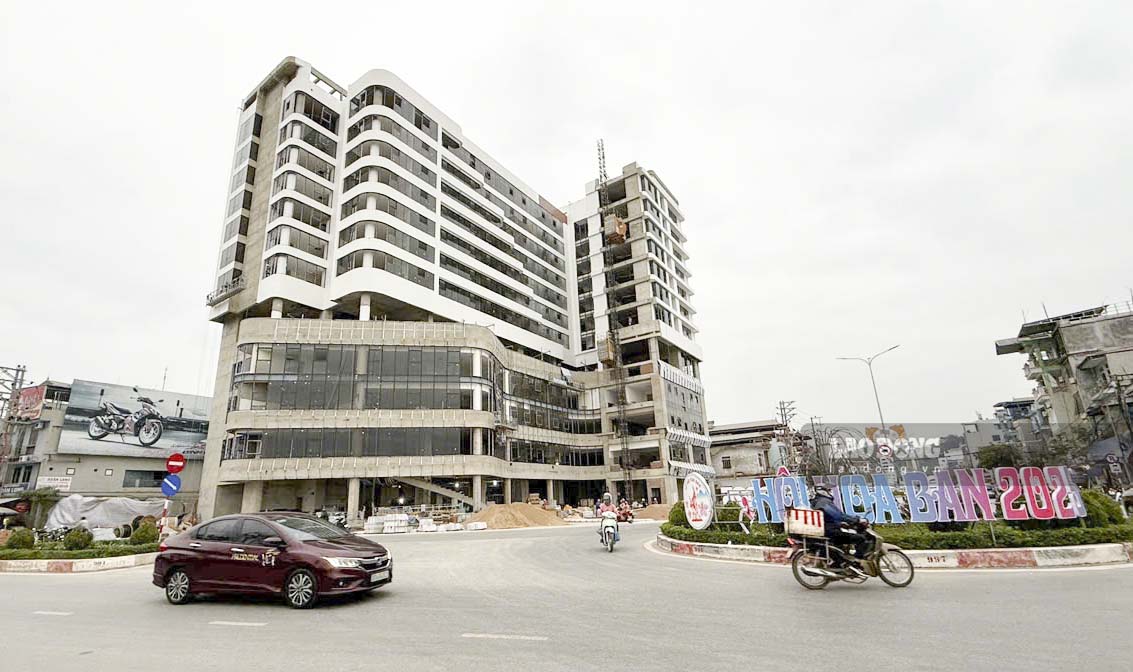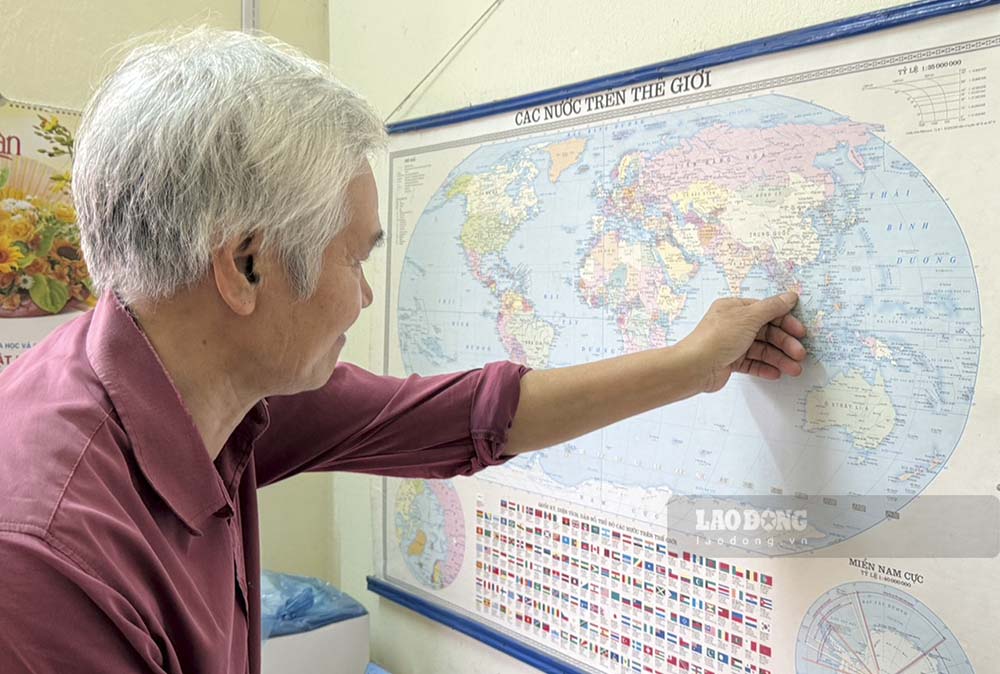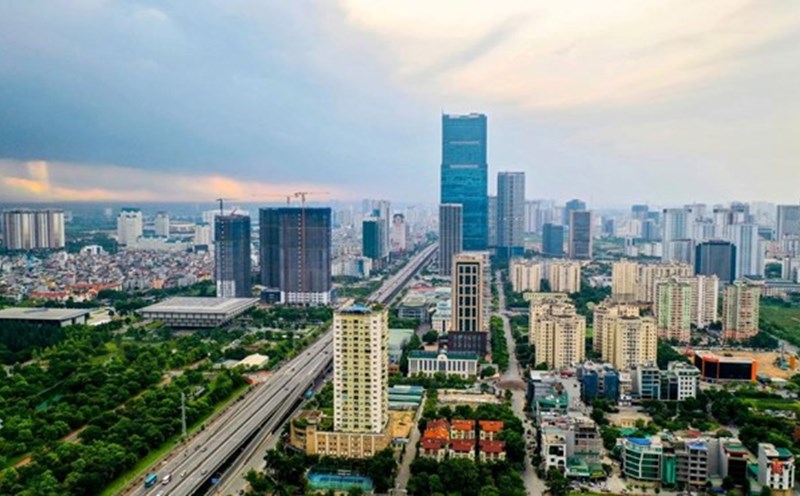According to Mr. Nguyen Thai Son - former Head of Dien Bien National Seismic Station (Institute of Geophysics) - who has been monitoring earthquakes for nearly 40 years, Dien Bien is considered the cradle of earthquakes in Vietnam. Therefore, since 1990, Lai Chau province (now Dien Bien and Lai Chau) has had regulations on the construction of civil works to ensure resistance to earthquakes of up to 7 degrees richter.
"After the strong earthquake of 6.7 on the Richter scale in 1983, by 1990, the province had regulations on standards for construction of works to withstand the impact of earthquakes below 7 on the Richter scale, in which construction works must not exceed 5 floors" - Mr. Son said.

Accordingly, when an earthquake of 7 degrees richter occurs, people in the buildings are guaranteed safety for their lives, and the structures do not collapse. However, currently, in Dien Bien, there are many works that are 5 floors higher, even works 10 floors higher have sprung up. So how are these works managed with construction permits?
On March 31, speaking with a reporter from Lao Dong Newspaper, Mr. Bui Van Luyen - Director of the Department of Construction of Dien Bien province - said that all licensed construction works in Dien Bien must have a design that can withstand the impact of an earthquake of up to 7 degrees richter.
"In addition to being in accordance with the overall planning, construction works must also meet the quality requirements according to the regulations of the Ministry of Construction, including factors that are affected when an earthquake occurs" - Mr. Luyen said.

Explaining that there was previously a regulation not to build a building over 5 floors high, the Director of the Department of Construction of Dien Bien province said that according to current regulations, there are no specific regulations on the number of floors. The height of the project is controlled according to the overall plan. In addition, in Dien Bien, there are also airports, so in some specific areas, construction works will have to limit height.
"Today, many achievements of modern science and technology have been applied in the construction industry, so from geological exploration to materials and construction plans, there has been a lot of progress compared to more than 30 years ago. Therefore, the quality of construction works is safer and the ability to withstand the impacts of natural disasters is also higher" - Mr. Luyen added.
Previously, as reported by Lao Dong Newspaper, the strong earthquake of 7.7 on the Richter scale that occurred in Myanmar on March 28 also made many people in Dien Bien province worried because this area is considered the cradle of earthquakes in our country. Historically, Dien Bien province has recorded two earthquakes of 6.9 and 6.7 richter - the largest in the past 100 years in Vietnam.

Accordingly, in 2015, an earthquake of 6.9 on the Richter scale, with the center located in the south of Dien Bien basin, and in 1983, an earthquake of 6.7 on the Richter scale, with the center located in Tuan Giao district. Fortunately, both of the above earthquakes did not cause much damage because at that time there were not many modern construction works, mainly hills.
Mr. Nguyen Thai Son - former Head of Dien Bien National Seismic Station - said that Dien Bien is considered the cradle of earthquakes in Vietnam because earthquakes of 4-5 richter have occurred quite often. However, according to the assessment of researchers from the Institute of Geophysics, there is no possibility of earthquakes greater than 7 richter in Dien Bien.
Regarding the reason for the frequent earthquakes in this area, Mr. Son said that because Dien Bien is located on two large geological faults that are still operating frequently, the Lai Chau - Dien Bien faults running through the Dien Bien basin area to Laos and the Song Ma - Son La geological faults running through Tuan Giao and Dien Bien Dong districts.











